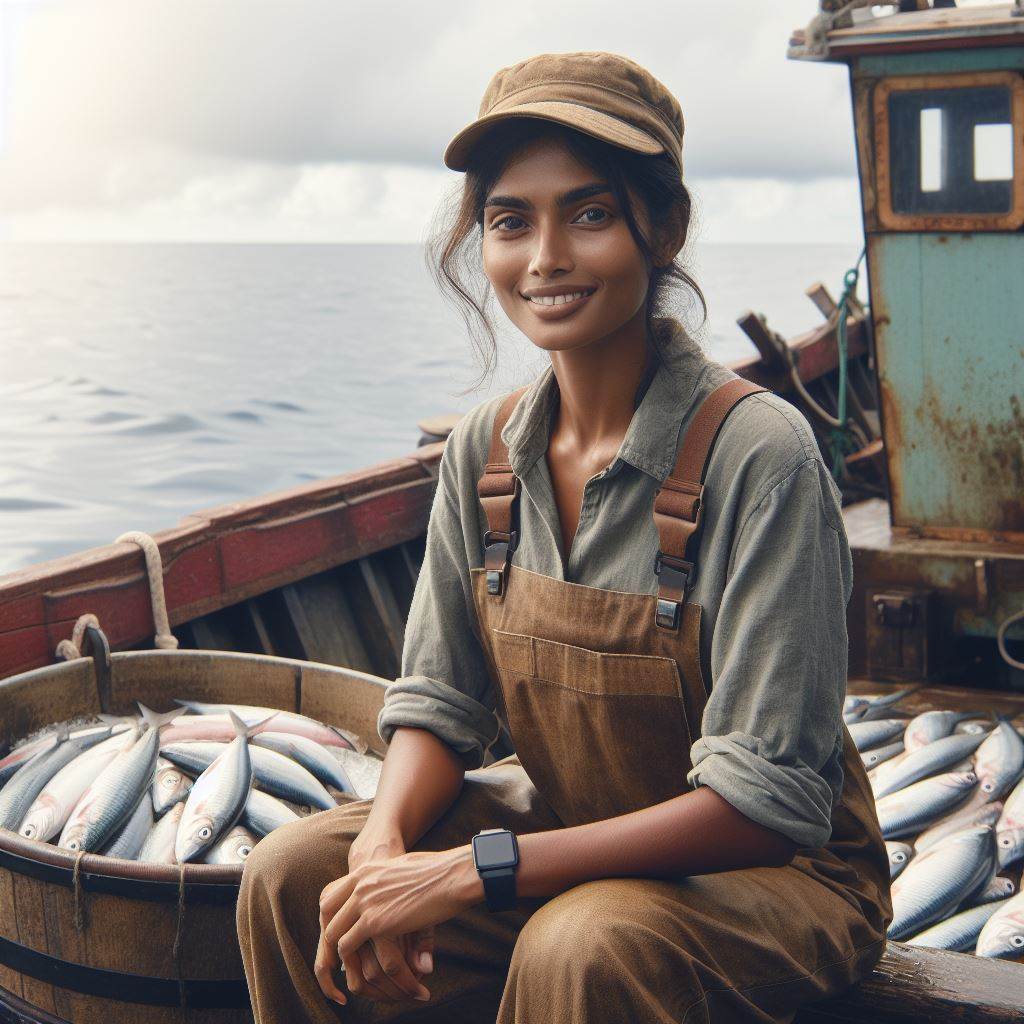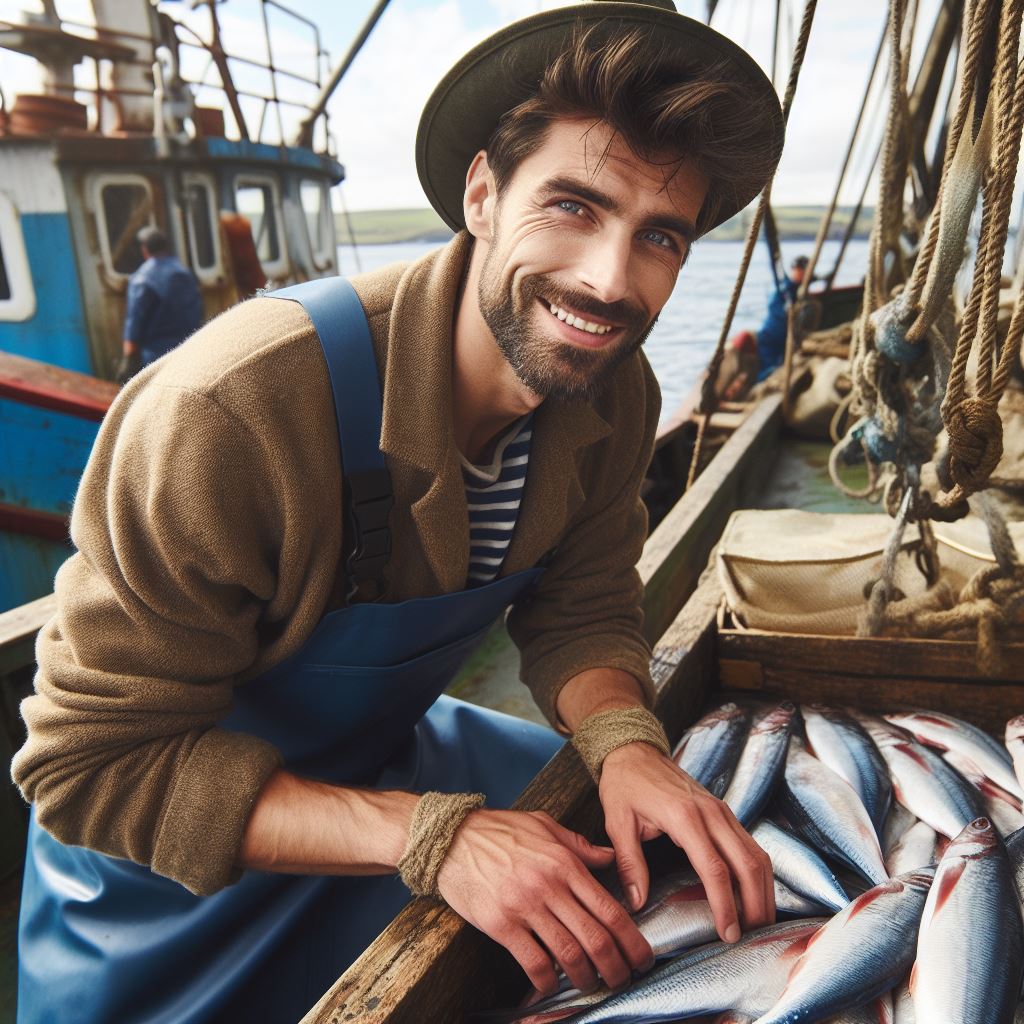Introduction
In New Zealand, fishing has been a way of life for centuries, deeply rooted in Māori tradition and culture.
Over time, traditional fishing methods have evolved alongside technological advancements, giving rise to modern fishing practices.
This section delves into the contrasts between traditional and modern fishing in New Zealand, examining the methods, equipment, and impacts of each approach.
A. Traditional vs modern fishing in NZ
1. Traditional Fishing
- Methods: Māori traditionally used waka (canoes) and nets to fish close to shore, emphasizing sustainability and respect for the marine environment.
- Equipment: Traditional fishing gear included bone hooks, flax lines, and woven nets, showcasing a reliance on natural materials.
- Impact: Traditional practices focused on sustainability, ensuring fish stocks were not depleted and the marine ecosystem remained balanced.
2. Modern Fishing
- Methods: Modern fishing techniques include the use of large vessels equipped with sonar and GPS to locate fish, enabling fishing in deeper waters.
- Equipment: Modern fishing gear includes synthetic nets, lines, and mechanized winches, reflecting technological advancements.
- Impact: Modern fishing has led to concerns about overfishing, bycatch, and damage to marine habitats due to the scale and intensity of operations.
B. Thesis statement
This post explores the evolution of fishing methods in New Zealand, comparing traditional practices with modern techniques to highlight the impact on sustainability and the environment.
Basically, while modern fishing methods have increased efficiency and productivity, they have also raised environmental concerns.
Understanding the differences between traditional and modern fishing practices is crucial for promoting sustainable fishing practices and protecting New Zealand’s marine resources for future generations.
Read: Sustainable Fishing: NZ’s Practices Explored
Traditional Fishing in NZ
A. Definition of Traditional Fishing in the Context of New Zealand
Traditional fishing in New Zealand refers to the age-old fishing practices that have been passed down through generations among the indigenous Maori people.
B. The History and Cultural Significance of Traditional Fishing Methods in NZ
- Maori Fishing Techniques: The Maori people have developed unique fishing methods that are deeply rooted in their cultural heritage.
They incorporate traditional knowledge and skills to sustainably catch fish in rivers, lakes, and coastal areas. - Traditional Tools and Equipment: Maoris use various traditional tools such as nets, traps, and spears for fishing activities.
These tools have been refined over time and play a vital role in their fishing traditions.
C. Pros and Cons of Traditional Fishing
1. Benefits
- Preservation of Cultural Identity: Traditional fishing helps preserve the Maori culture and keeps their ancestral fishing methods alive.
- Sustainable Practices: Maori fishing techniques often prioritize sustainability, ensuring the long-term health and abundance of fish stocks.
- Connection to Nature: Traditional fishing fosters a strong bond between the Maori people and the natural environment, promoting a deep appreciation for ecological balance.
2. Limitations
- Declining Fish Stocks: Overfishing and environmental factors have led to a decline in fish populations, making it harder to sustain traditional fishing practices.
- Potential for Exploitation: Traditional fishing methods can be vulnerable to exploitation by commercial interests, threatening the sustainability and cultural integrity of these practices.
- Limited Efficiency: Traditional fishing techniques can be time-consuming and less efficient compared to modern methods, which could hinder larger-scale fishing activities.
In essence, traditional fishing in New Zealand plays a significant role in preserving the Maori culture and maintaining sustainable fishing practices.
Although facing challenges, the benefits of traditional fishing techniques, including cultural preservation, sustainability, and a strong connection to nature, are profound and worth acknowledging and protecting.
Read: Fisheries Management in New Zealand 101
Modern Fishing in NZ
A. Definition
Modern fishing in New Zealand refers to the contemporary methods and practices used in the fishing industry.
B. Technological advancements
Modern fishing in NZ relies heavily on advanced tools and equipment to enhance productivity.
- Fishing vessels: Different types of fishing boats and vessels are used in modern fishing to increase efficiency.
- Electronic devices: Advanced technology aids in the improvement of modern fishing practices by providing accurate data and information.
C. Pros and Cons of modern fishing
Modern fishing techniques have both advantages and disadvantages in the context of New Zealand.
- Advantages: The benefits of modern fishing methods include increased productivity, better quality control, and improved safety standards.
- Disadvantages: However, there are potential negative impacts associated with modern fishing, such as overfishing, harm to marine ecosystems, and bycatch.
In fact, modern fishing in New Zealand utilizes advanced technology and equipment to enhance efficiency and productivity.
Personalized Career Consulting
Unlock your potential with expert career advice tailored to your goals. Get personalized guidance and actionable steps toward your dream career in New Zealand.
Get StartedWhile it offers numerous advantages, it is important to address the potential negative impacts to ensure sustainable fishing practices in the long run.
Read: Impact of Climate on NZ’s Fishing Industry

Comparison of Traditional and Modern Fishing in NZ
Traditional versus modern fishing in New Zealand is a topic of great significance due to its environmental, cultural, and social implications.
Understanding the differences between these two fishing methods is essential in shaping sustainable fishing practices.
A. Sustainability: Comparing the environmental sustainability of traditional vs modern fishing in NZ
In terms of impact on fish population, traditional fishing methods have been known to pose higher risks.
The use of nets, traps, and hooks can lead to overfishing and depletion of fish stocks.
On the other hand, modern fishing techniques employ more advanced technologies, such as sonar and GPS, enabling more precise targeting of fish populations.
Bycatch and environmental damage are other critical factors to consider.
Traditional fishing often involves less selective methods, resulting in higher levels of bycatch, including non-target species and juveniles.
Moreover, the use of destructive fishing gear, such as bottom trawling, can cause significant damage to marine habitats.
In contrast, modern fishing practices have improved considerably in terms of minimizing bycatch and reducing environmental impacts through the use of more selective and sustainable fishing gear.
B. Cultural and social implications: Exploring the influence of traditional and modern fishing on NZ’s culture and communities
Traditional fishing holds immense value in preserving Maori cultural heritage and knowledge.
It not only sustains the traditions and customs but also reinforces the connection between Maori communities and their ancestral lands and waters.
Traditional fishing methods, such as waka ama (outrigger canoe) fishing and the use of tikanga (Maori values and customs), contribute significantly to the cultural identity of Maori communities.
Transform Your Career with a Professional CV and Cover Letter
Stand out to employers with an ATS-optimized resume and tailored cover letter designed to match your dream role. Let us craft your job application materials for success!
Get StartedModern fishing, on the other hand, plays a pivotal role in New Zealand’s economy.
With advanced technologies and efficient harvesting methods, modern fishing provides substantial economic benefits, contributing to the nation’s GDP and creating job opportunities for communities.
It supports livelihoods and ensures economic stability, particularly in coastal regions heavily dependent on fishing industries.
C. Regulation and management: Comparing the regulations and management systems for traditional and modern fishing in NZ
Both traditional and modern fishing methods are subject to government policies and regulations.
The New Zealand government has implemented measures to ensure sustainable fishing practices.
These regulations aim to protect fish populations, limit fishing efforts, and promote responsible harvesting.
Māori fisheries management plans, developed through Treaty of Waitangi settlements, also play a crucial role in managing traditional fishing and ensuring sustainability.
In addition to government policies, various conservation efforts are underway to promote sustainable fishing practices.
These initiatives include the establishment of marine reserves, fisheries research and monitoring programs, and collaboration between government agencies, local communities, and industry stakeholders.
These efforts aim to strike a balance between sustainability and socio-economic interests, ultimately safeguarding New Zealand’s marine ecosystems for future generations.
In general, comparing traditional and modern fishing in New Zealand reveals distinct differences in sustainability, cultural significance, and management approaches.
While traditional fishing preserves cultural heritage and knowledge, it can pose challenges in terms of fish stock depletion and environmental damage.
Modern fishing, on the other hand, contributes significantly to the economy but must be carefully managed to ensure sustainability.
Through effective regulations and conservation efforts, New Zealand continues to strive for a harmonious balance between tradition, modernity, and the health of its marine ecosystems.
Boost Your Career with a Standout LinkedIn Profile
Attract recruiters and expand your network with a fully optimized LinkedIn profile tailored to highlight your strengths and professional goals. Let your profile open doors to new opportunities!
Get OptimizedRead: A Day in the Life of a Kiwi Fisherman
Conclusion
Traditional and modern fishing methods in NZ showcase contrasting approaches to harvesting marine resources.
Traditional methods, deeply rooted in Maori culture, emphasize sustainability and respect for the environment.
In contrast, modern fishing techniques often prioritize efficiency and profit, leading to overfishing and environmental degradation.
Understanding these differences is crucial for preserving New Zealand’s rich marine biodiversity and ensuring the sustainability of its fishing industry.
By acknowledging the strengths and weaknesses of both approaches, we can work towards integrating traditional wisdom with modern innovations to achieve a balanced and sustainable fishing model.
As we reflect on the significance of traditional versus modern fishing practices in New Zealand, it’s essential to recognize our responsibility in safeguarding the health of our oceans for future generations.
Embracing sustainable fishing practices not only preserves cultural heritage but also supports local communities and protects marine ecosystems.
Let us not forget the interconnectedness of all life forms within our oceans and the delicate balance that sustains them.
By promoting awareness and advocating for sustainable fishing practices, we can contribute to the conservation of New Zealand’s marine resources and ensure a prosperous future for both humans and marine life alike.
Join us in our journey towards a more sustainable and respectful relationship with the sea, where tradition and modernity harmonize to preserve the beauty and abundance of our oceans for generations to come.




